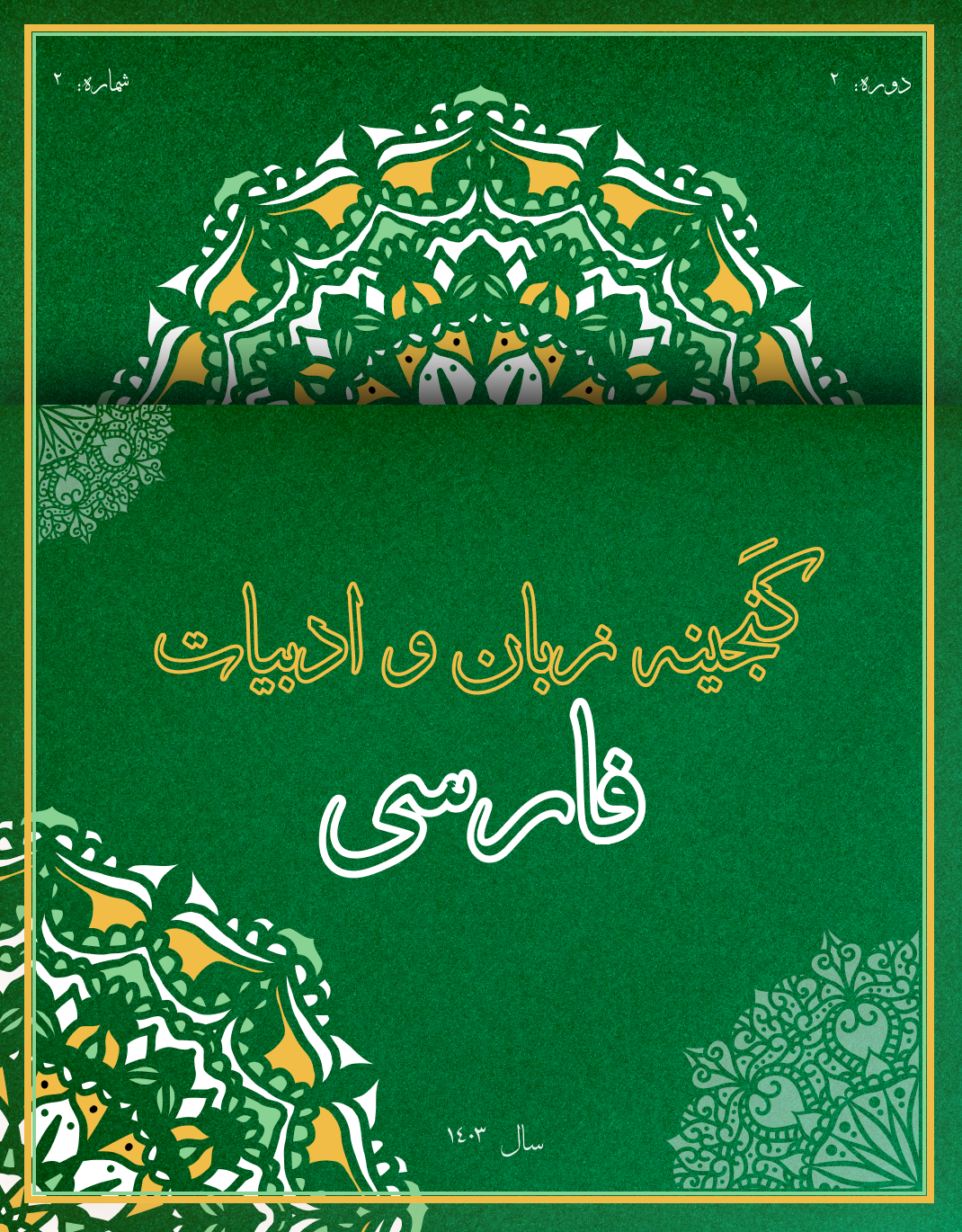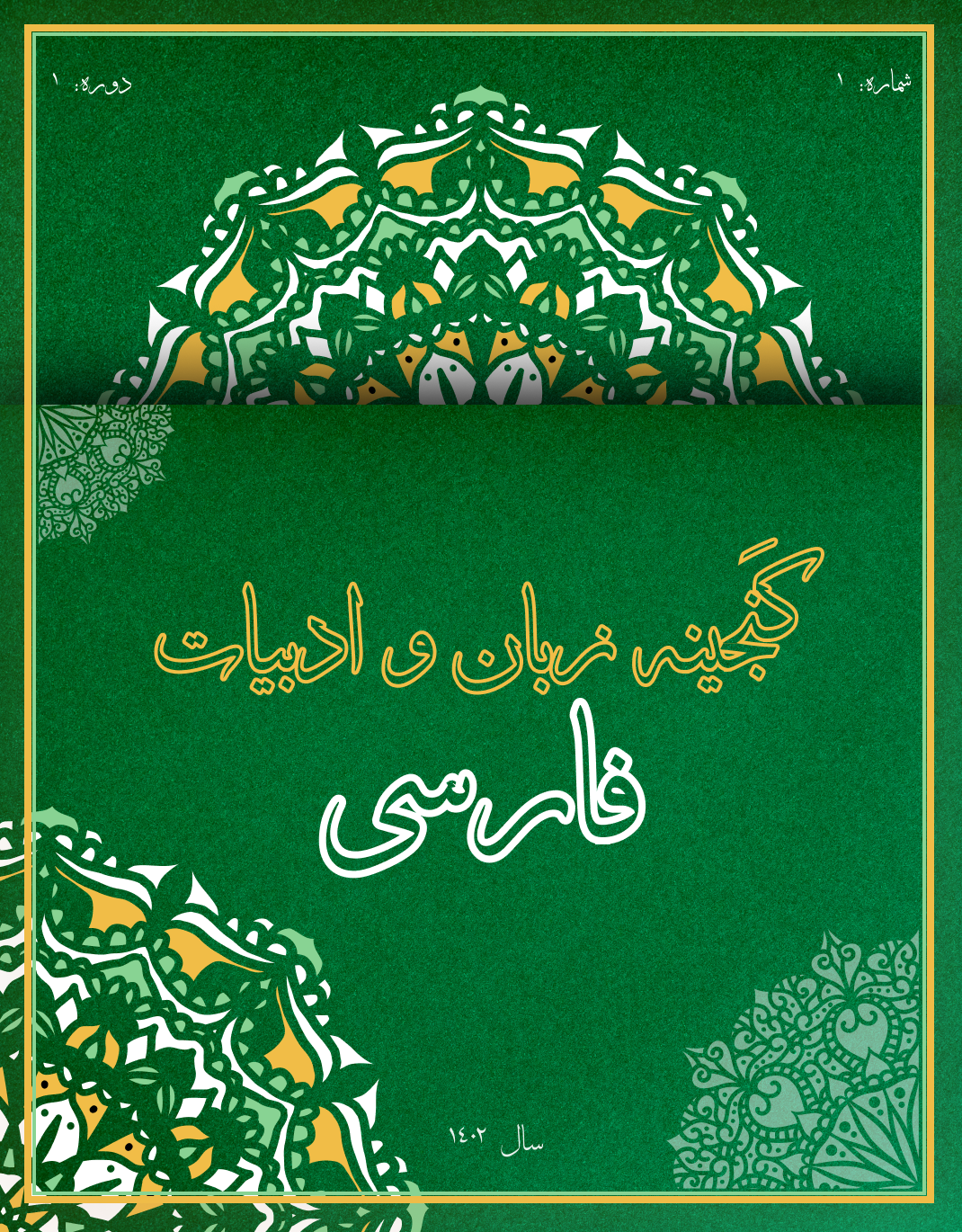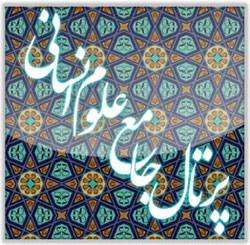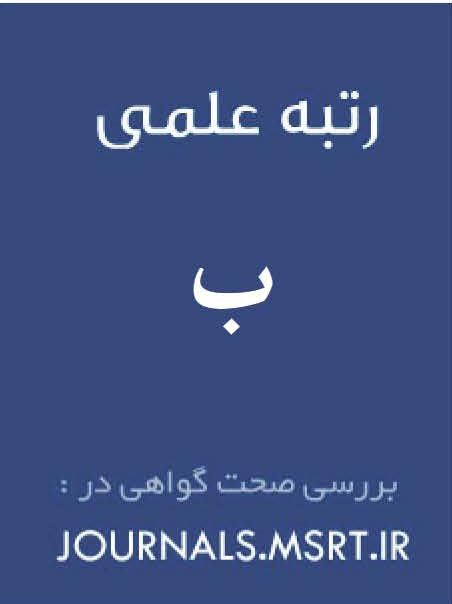Analysis of Conceptual Metaphors in Layla and Majnun’s Masnavi in "Body Parts" and "Human Characters" Based on Conceptual Blending Theory
Keywords:
Metaphor, body parts, human characters, Mathnawi, Layla and Majnun, conceptual mixtureAbstract
Metaphor has been studied from various literary, linguistic, aesthetic, and psychological perspectives, and numerous studies have been conducted over the centuries. In this regard, the conceptual metaphor theory is one of the theories that introduced a new perspective on metaphor by Fauconnier and Turner (1998–2002) within the framework of mental spaces, including two input spaces, a generic space, and a blended space. The aim of this study is to examine conceptual metaphors in Layla and Majnun’s Masnavi in "body parts" and "human characters" based on the conceptual blending theory by Fauconnier and Turner (1998–2002). In the present study, the mental spaces of each metaphor have been analyzed to determine which conceptual domains have been used in the construction of mental spaces for each metaphor. Subsequently, the meaningfulness or lack thereof of these conceptual domains was examined and analyzed using the SPSS software. The results indicate that the domains used in the metaphors of Layla and Majnun’s Masnavi can be categorized into two groups: "body parts" and "human characters." During the construction of metaphors, these conceptual domains are placed in an input space and, along with another input space that represents the poet’s target, are projected into a blended space, forming the metaphor. As the results of this study suggest, all metaphors in Layla and Majnun’s Masnavi can be analyzed based on the conceptual domains that play a role in the construction of mental spaces within the framework of the conceptual blending theory.









